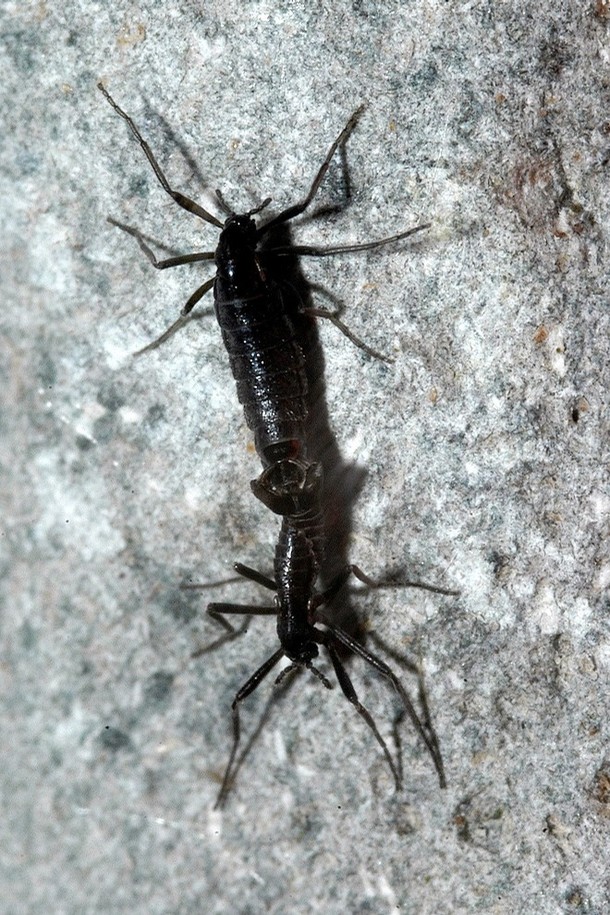Difference between revisions of "Template:POTD protected"
Westarctica (talk | contribs) |
Westarctica (talk | contribs) |
||
| Line 1: | Line 1: | ||
{| role="presentation" style="margin:0 3px 3px; width:100%; text-align:left; background-color:transparent; border-collapse: collapse; " | {| role="presentation" style="margin:0 3px 3px; width:100%; text-align:left; background-color:transparent; border-collapse: collapse; " | ||
|style="padding:0 0.9em 0 0;" | [[File: | |style="padding:0 0.9em 0 0;" | [[File:Antarctic-midgee.jpg|300px]] | ||
|style="padding:0 6px 0 0"| | |style="padding:0 6px 0 0"| | ||
'''[[ | The '''[[Antarctic midge]]''' is a species of flightless midge, endemic to the continent of [[Antarctica]]. At 0.079–0.24 in long, it is the largest purely terrestrial animal on the continent, as well as its only insect. It also has the smallest known insect genome as of 2014, with only 99 million base pairs of nucleotides (and about 13,500 genes). | ||
This species is the [[National Symbols of Westarctica|national insect]] of [[Westarctica]]. | |||
To adapt to the cold temperatures, the Antarctic midge accumulates trehalose, glucose, and erythritol. These compounds help the insect survive freezing by reducing the amount of ice that forms within the body. They also stabilize proteins and membranes, binding to them by means of hydrogen bonds. Heat shock proteins also help the tolerance to both high and low temperatures. | |||
<p><small>Photographer: | It not only tolerates, but also requires a freezing climate to survive: exposure of larvae to mild temperatures as +10 °C is enough to kill them within a week. Exposure to temperatures of +30 °C kills individuals in a few hours. It can, however, resist partial desiccation, surviving the loss of up to 70% of body water. | ||
<p><small>Photographer: Tasteofcrayons</small></p> | |||
[[:Category:Images|'''(More Featured Images)''']] | [[:Category:Images|'''(More Featured Images)''']] | ||
<div class="potd-recent" style="text-align:right;"> | <div class="potd-recent" style="text-align:right;"> | ||
Revision as of 10:02, 17 February 2019

|
The Antarctic midge is a species of flightless midge, endemic to the continent of Antarctica. At 0.079–0.24 in long, it is the largest purely terrestrial animal on the continent, as well as its only insect. It also has the smallest known insect genome as of 2014, with only 99 million base pairs of nucleotides (and about 13,500 genes). This species is the national insect of Westarctica. To adapt to the cold temperatures, the Antarctic midge accumulates trehalose, glucose, and erythritol. These compounds help the insect survive freezing by reducing the amount of ice that forms within the body. They also stabilize proteins and membranes, binding to them by means of hydrogen bonds. Heat shock proteins also help the tolerance to both high and low temperatures. It not only tolerates, but also requires a freezing climate to survive: exposure of larvae to mild temperatures as +10 °C is enough to kill them within a week. Exposure to temperatures of +30 °C kills individuals in a few hours. It can, however, resist partial desiccation, surviving the loss of up to 70% of body water. Photographer: Tasteofcrayons |